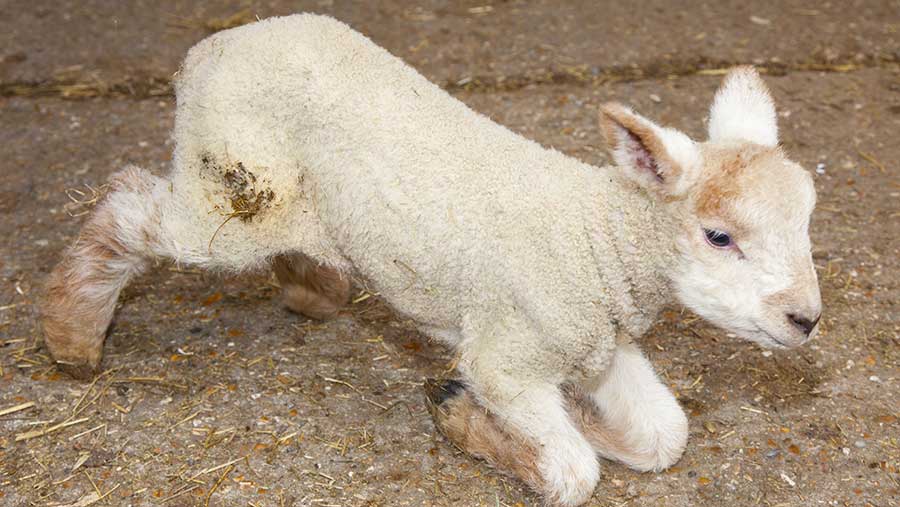Top tips for preventing Schmallenberg virus risk in breeding stock
 © Tim Scrivener/REX/Shutterstock
© Tim Scrivener/REX/Shutterstock As the livestock breeding season kicks into gear, here’s some top tips to help reduce the risk of Schmallenberg virus in your herd or flock.
1. Postpone tupping until after late autumn when temperatures drop. If the risk period of pregnancy occurs outside the midge season there is a reduced chance of problems.
2. Stagger breeding over a wider period to help spread the risk. High levels of malformations could be a result of grouped pregnancies.
3. Look at weather patterns and decide on the best time to mate stock. To transmit the virus, midges need two weeks to become infected and lay eggs. High levels of frost will kill midges and re-start the cycle.
4. Biggest risk period for foetal deformities in sheep is the first 25-60 days of pregnancy and in cattle is 62-173 days of pregnancy.
5. Test livestock moving on to the farm from affected areas for Schmallenberg – NFUS is offering a subsidised testing service via the Scottish Agricultural College and Biobest.
6. If Schmallenberg virus is found to be circulating in your herd or flock, it may be worth delaying mating until a high proportion of the herd/flock is likely to have developed immunity.
7. Consult any action plan with your vet.
8. Keep a look out for symptoms in animals, which include loss of production, fever, loss of appetite, loss of condition and, in some cases, diarrhoea.
